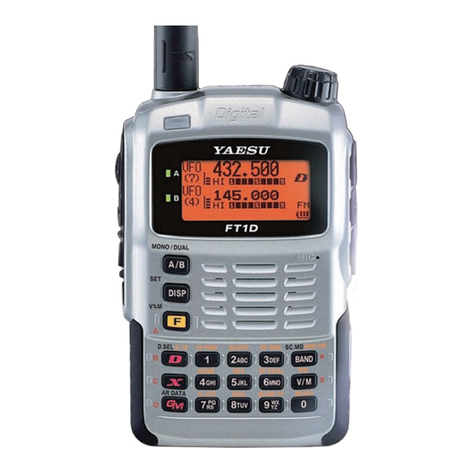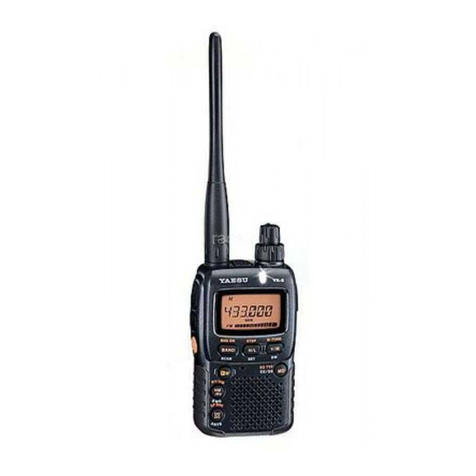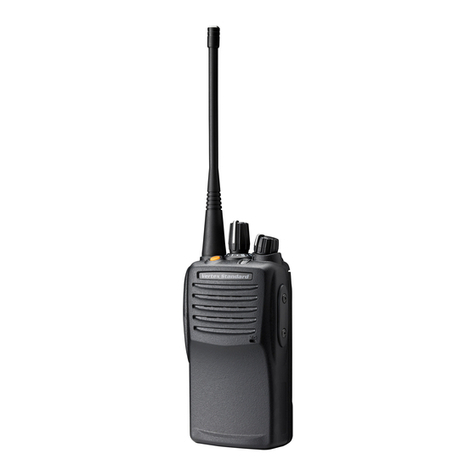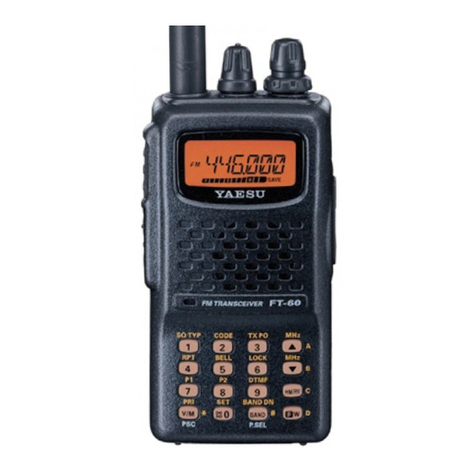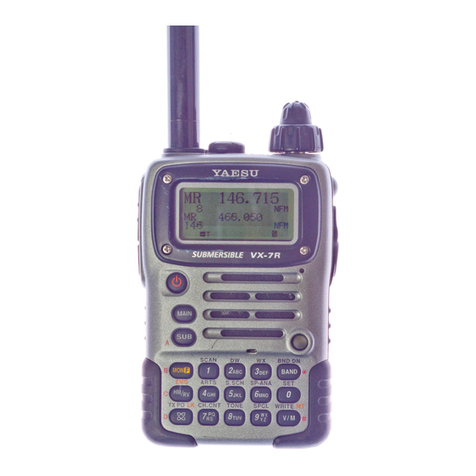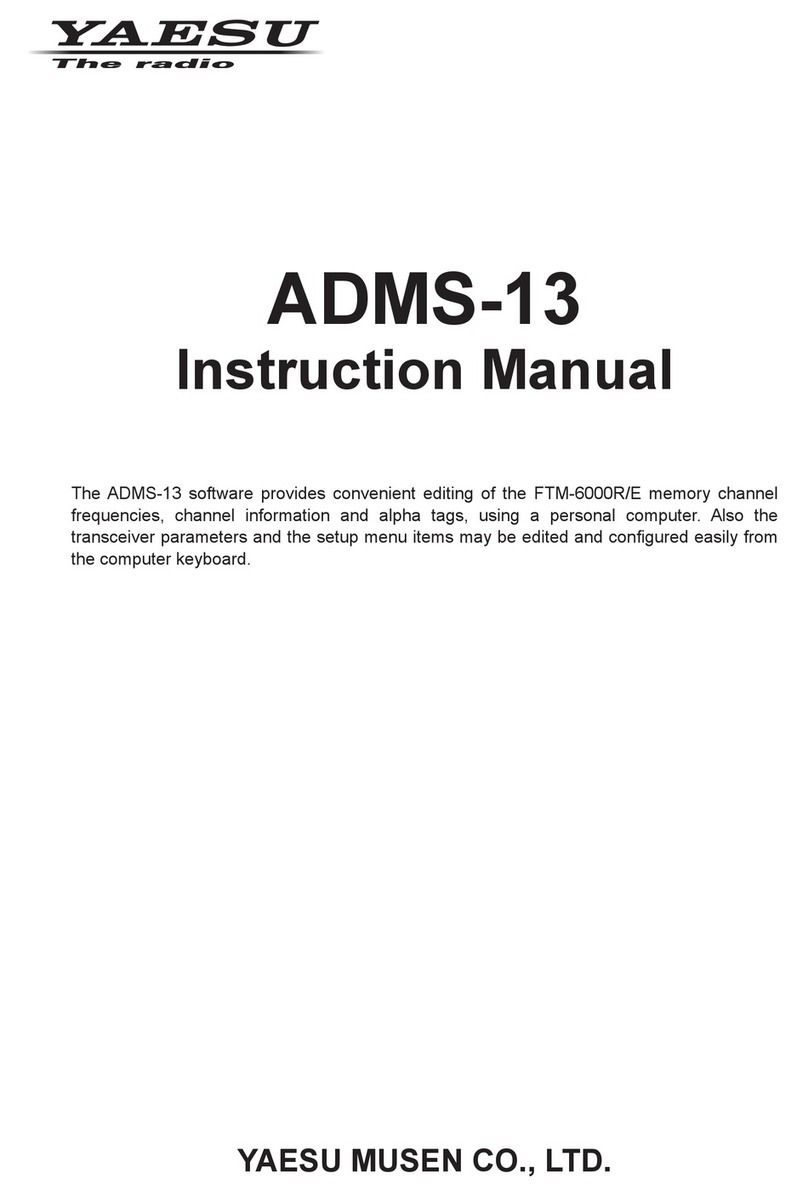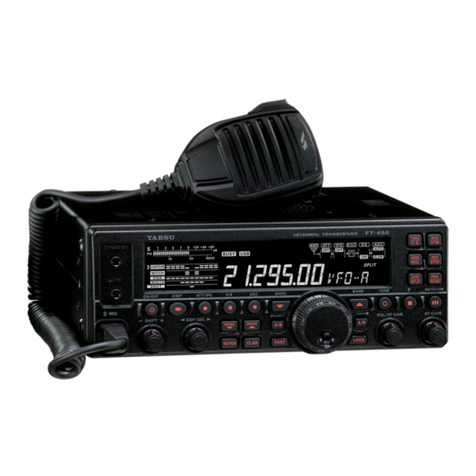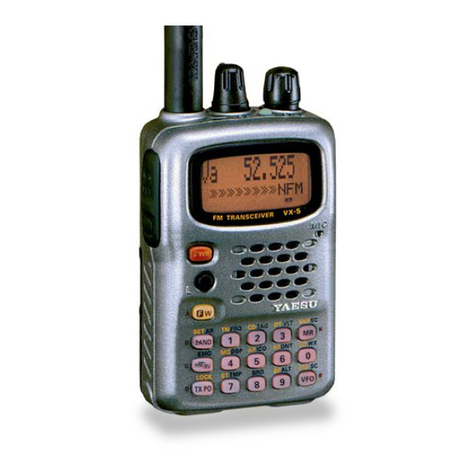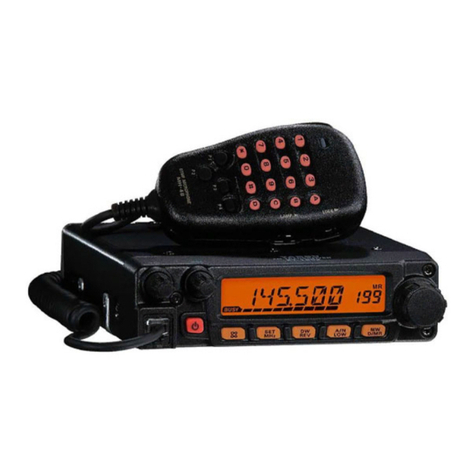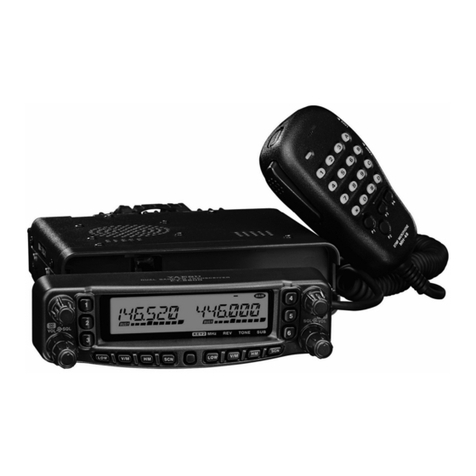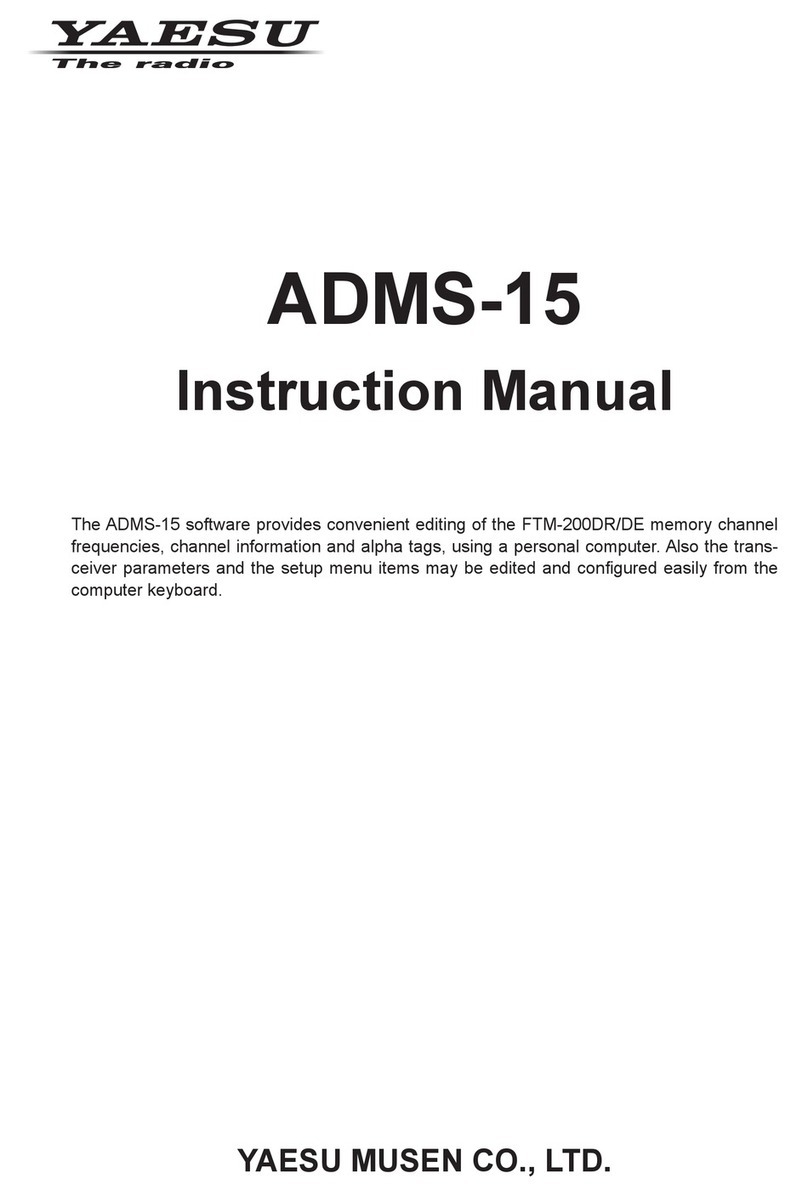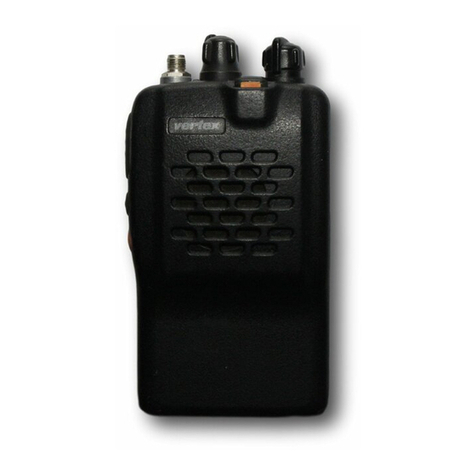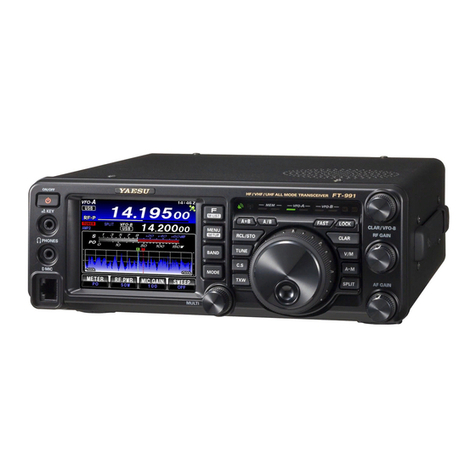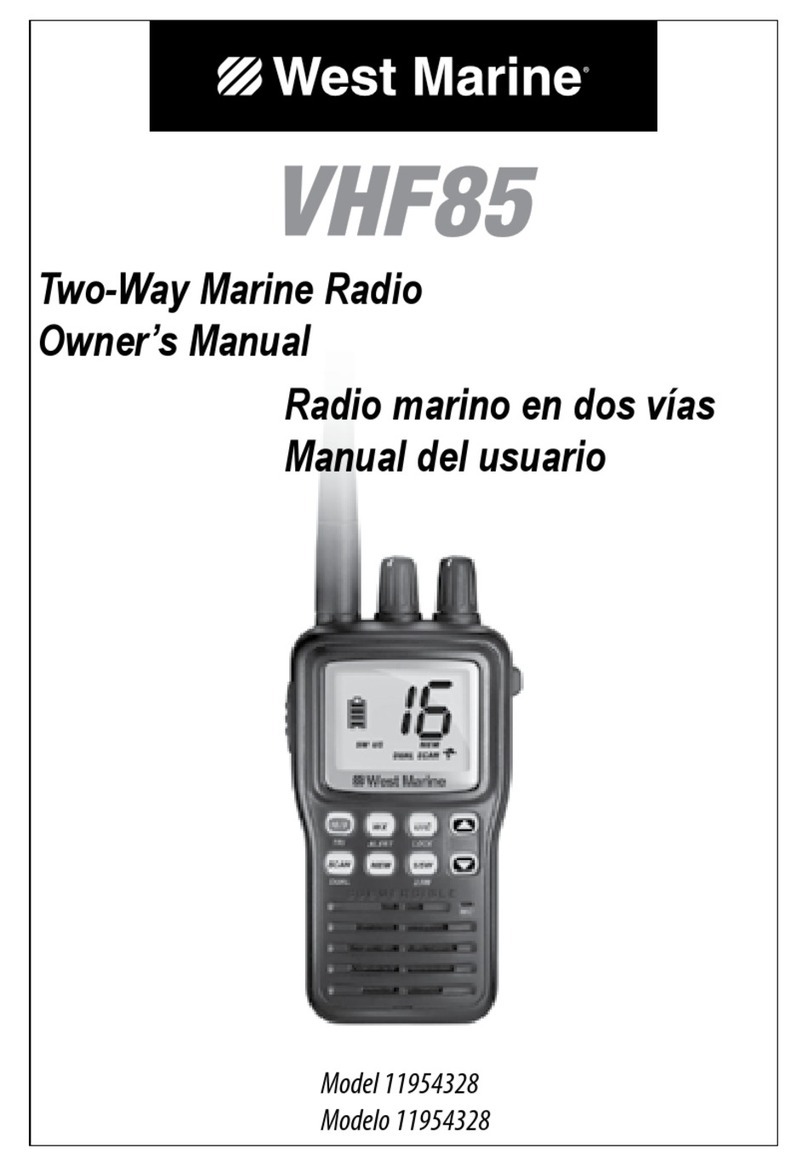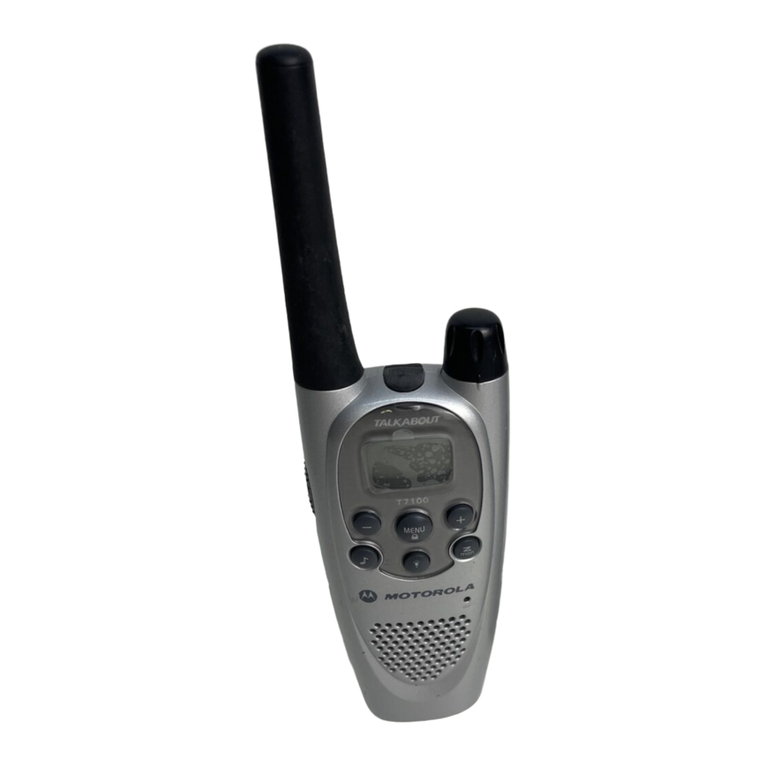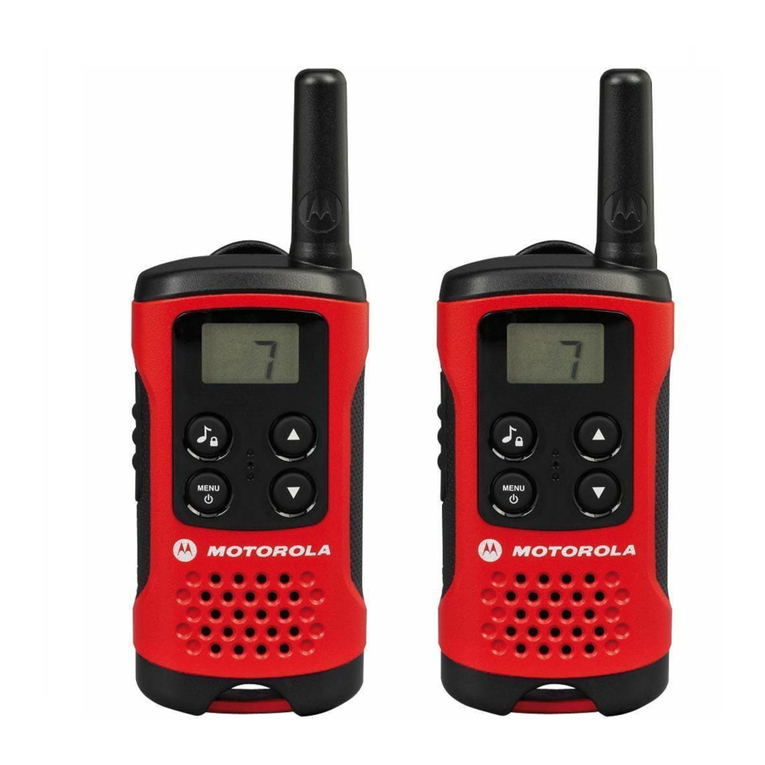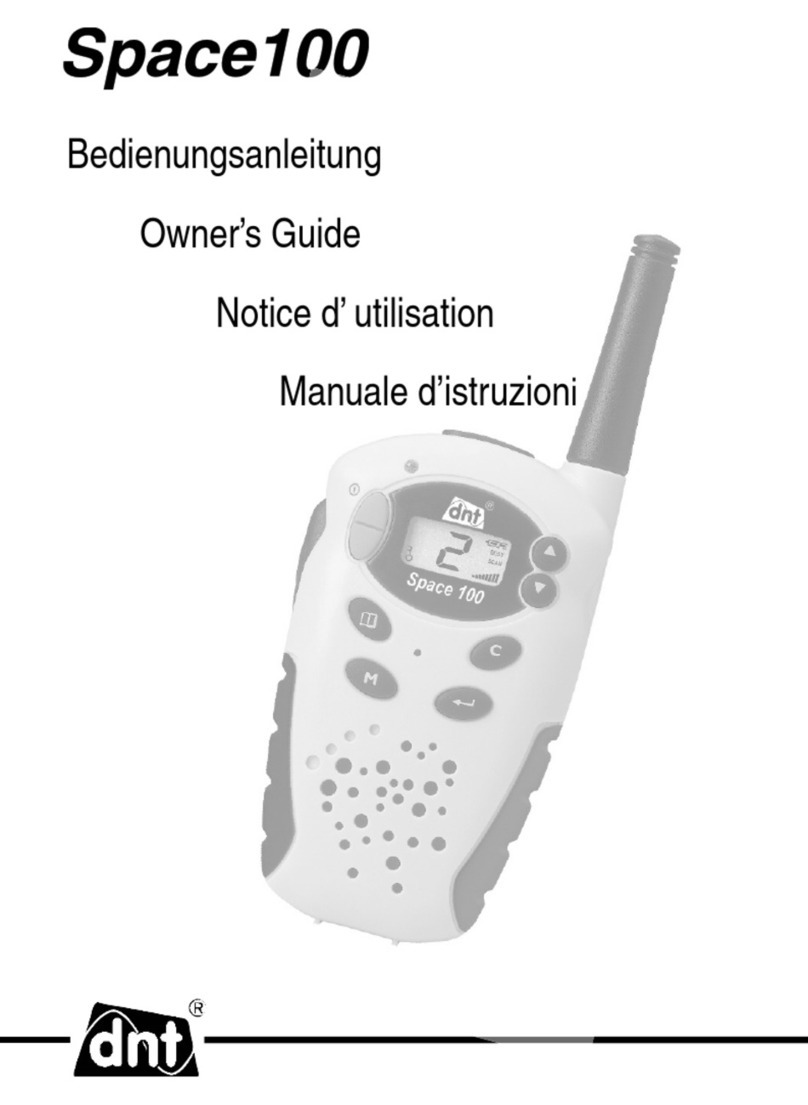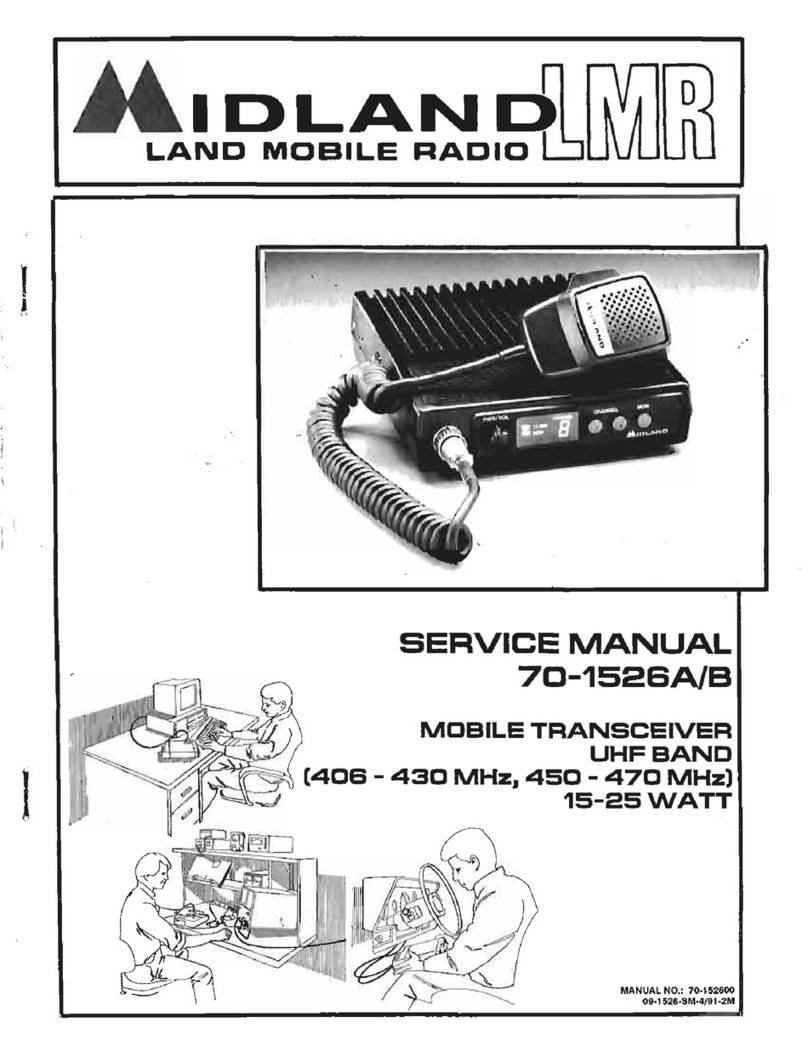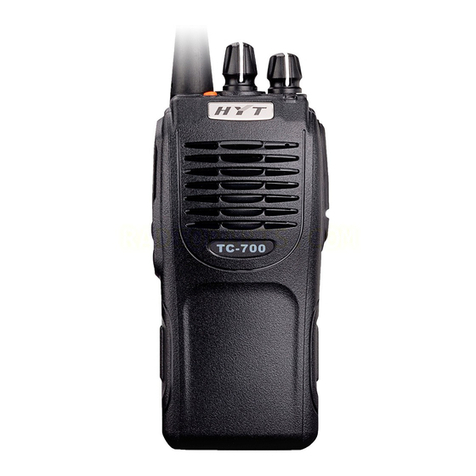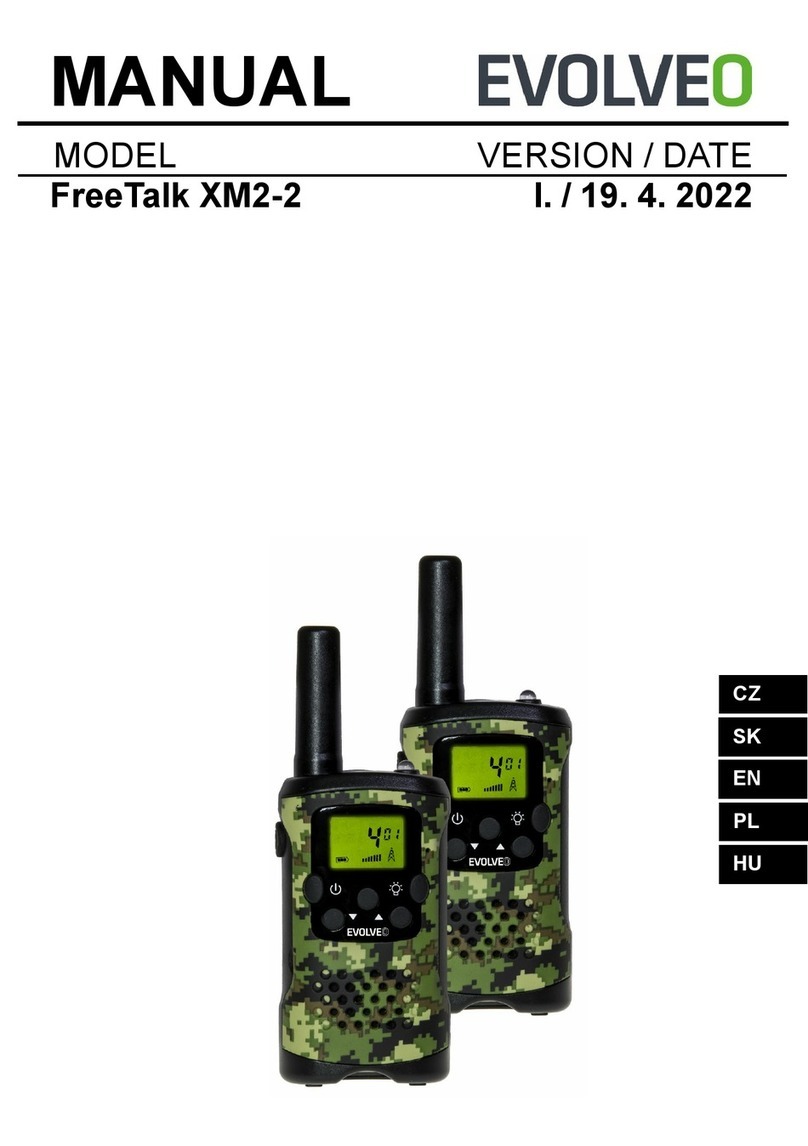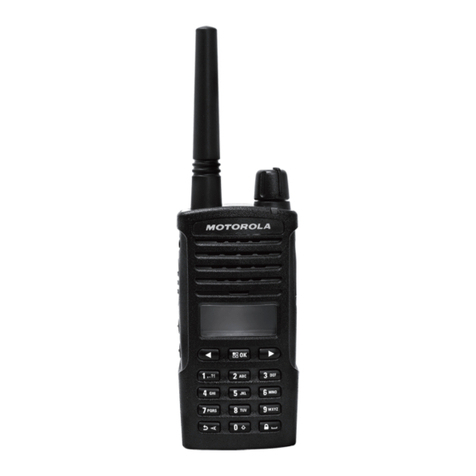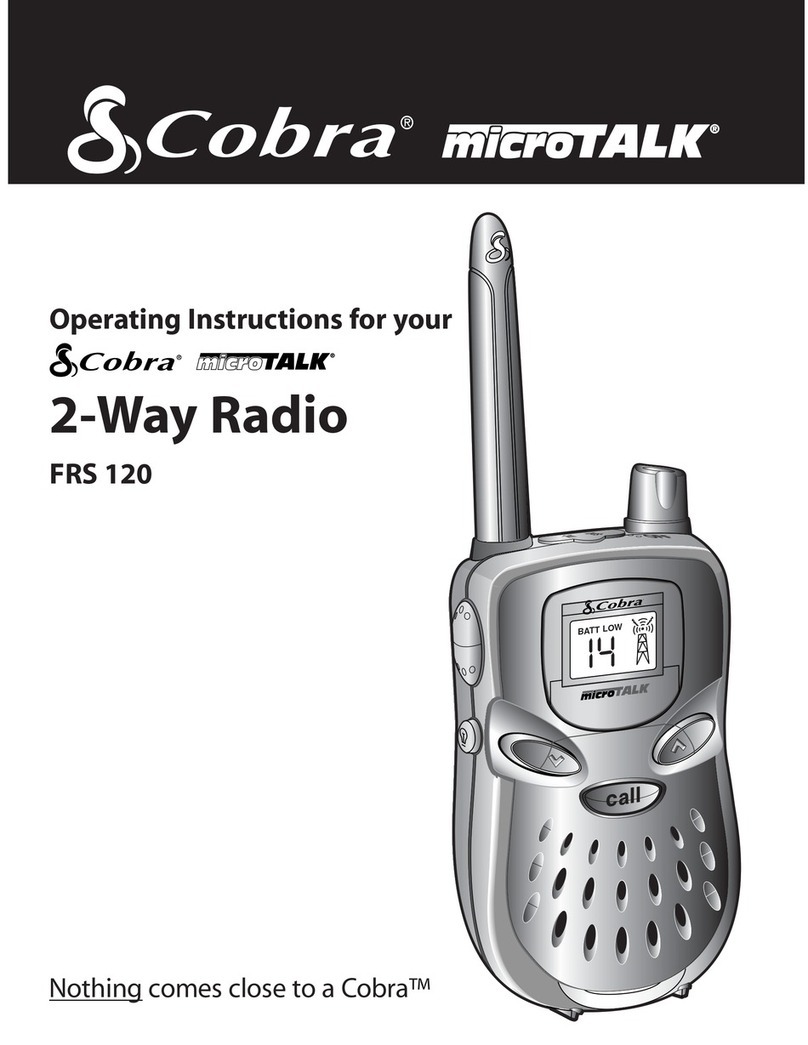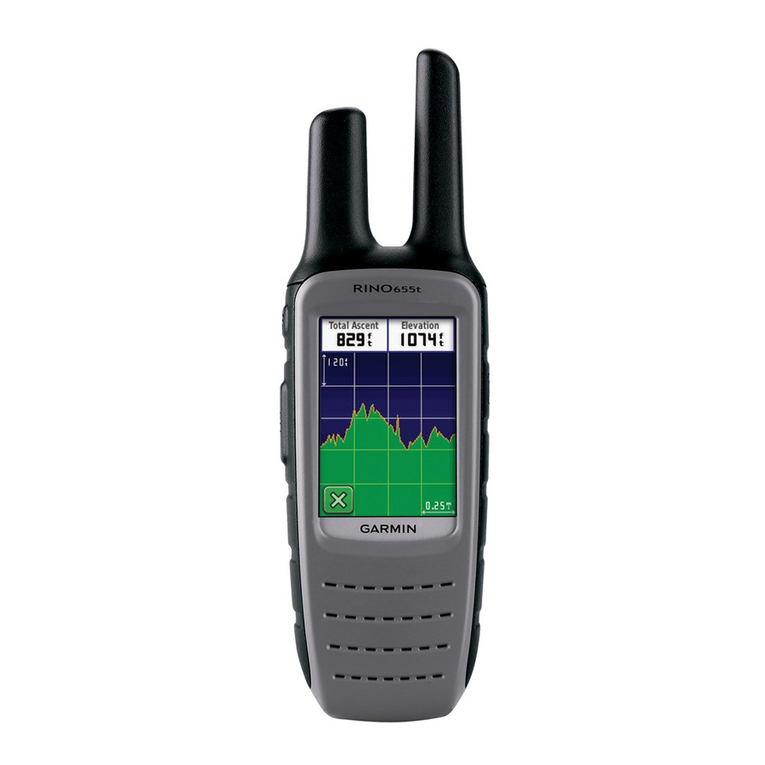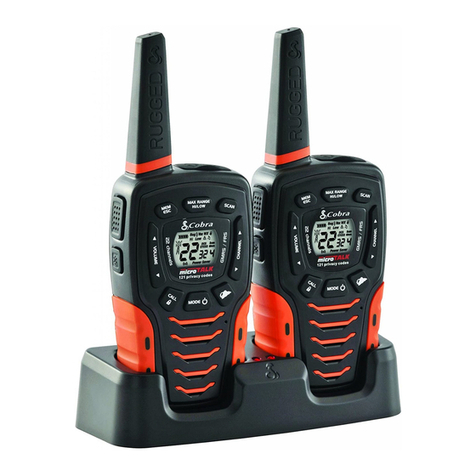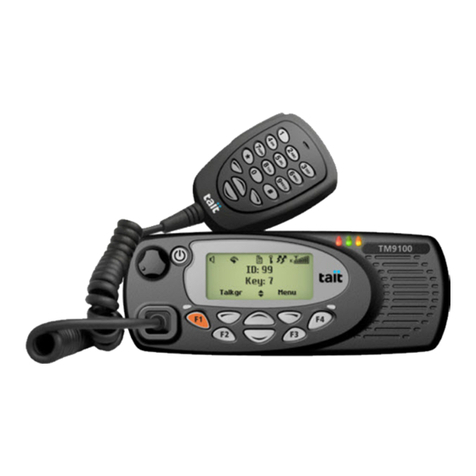
FBA-20 Precautions:
• The FBA-20 is designed for use only with an
AA-type alkaline cell.
•
If
you do not use the
VX-IR
for a long time,
remove the battery from the FBA-20, as battery
leakage could cause damage to the FBA-20 and/or
the transceiver.
• Avoid touching the electrode area
of
the bottom
plate, as it is sharp!
• Even with afresh battery, the
Ci!
icon will blink
when the
PTT
switch is pressed.
Battery Life
The
VX-IR
includes many functions that can be
enabled to extend battery charge life, so it is difficult
to estimate how long the battery charge will last
under all conditions. However, the following table
provides some rough approximations under specific
conditions. Your mileage is likely to vary.
When the battery is almost depleted, Ci! appears at
the lower right
comer
of
the display, indicating that
the battery needs recharging
or
replacement very
soon.
If
you continue operating, the
Ci!
icon starts blink-
ing, indicating that battery voltage is critically low:
the battery should be recharged or replaced at once
(or the radio turned off).
1:
I
VX-1R Battery Life
! Operating Time (Hours)
Operating Band ' FBA-20 FNB-52LI
!Alkaline) (Lithium-Ion)
HAM Bandsl1
>i
VHF 3 14
!UHF
3.5
12
AM (BC, AlR)l2)
11
21
FM
(incl.
TVP>
6
11
(1) Tx 6 sec.,
Rx
6 sec. and squelched 48 sec.
(2)
Continuous
signal
reception
The actual battery voltage is displayed briefly when
the
VX-!R
is first switched on, and can be displayed
manually on the LCD, by following the instructions
on page 46.
Battery capacity may be reduced during extremely
cold weather operation. Keeping the radio inside
your parka may help preserve the full charge capac-
ity.
AC
Operation Using the NC-668/C/U
The
YX-IR
can
be
operated from your house current
by use of the supplied NC-66B/C/U AC Adapter.
To
use the NC-66B/C/U,
tum
the transceiver off, then
plug the miniature connector
of
the AC Adapter into
the EXT
DC
jack
on the side
of
the radio. Now plug
the AC Adapter into the wall outlet. You
can
now tum
on the transceiver. Transmitter
power
output is 1 watt
(High) and 200 mW (Low) in this case.
